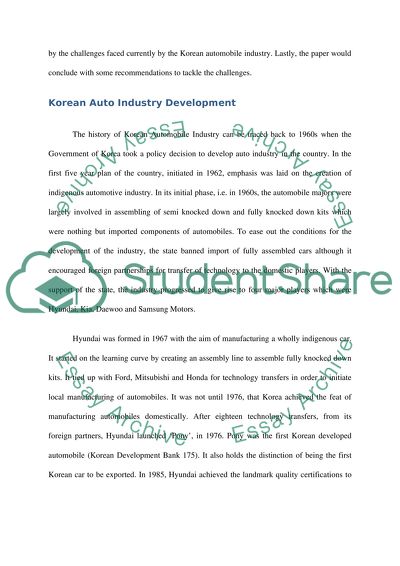Cite this document
(“Globalization of the Korean Auto Industry Research Paper”, n.d.)
Retrieved from https://studentshare.org/family-consumer-science/1419165-globalization-of-the-korean-auto-industry
Retrieved from https://studentshare.org/family-consumer-science/1419165-globalization-of-the-korean-auto-industry
(Globalization of the Korean Auto Industry Research Paper)
https://studentshare.org/family-consumer-science/1419165-globalization-of-the-korean-auto-industry.
https://studentshare.org/family-consumer-science/1419165-globalization-of-the-korean-auto-industry.
“Globalization of the Korean Auto Industry Research Paper”, n.d. https://studentshare.org/family-consumer-science/1419165-globalization-of-the-korean-auto-industry.


